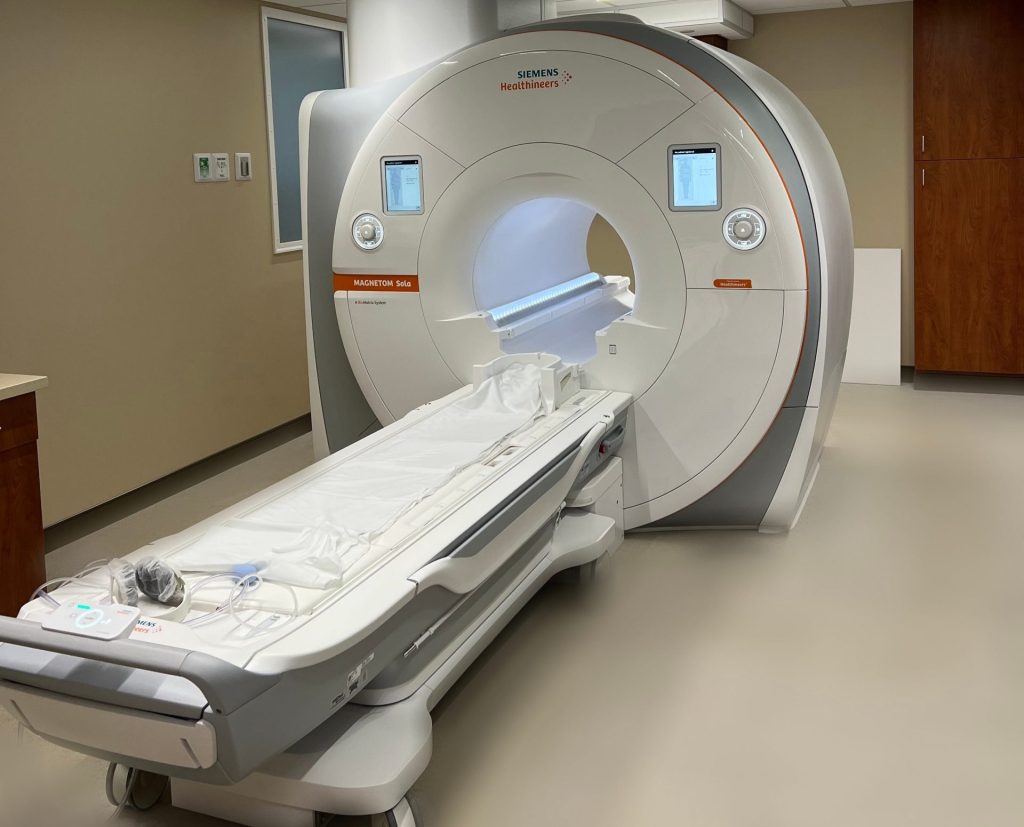Introduction
The delivery of health services in Saint Vincent and the Grenadines remains a top priority for our government that continues to effect significant improvements to all aspects of our country’s healthcare system.
It is important that our discourse of the ULP’s improvement of healthcare in SVG shows the comprehensive nature, purpose, vision and practical result-oriented approach to the same. Ours is an approach that addresses from development of physical infrastructure and human resources, to the expansion of services at the community level and building relevant regional and international relationships, to ensure our vision of providing excellent health care is realised.
To fully appreciate how far we have come as a result of the policy of our government, it is necessary to remind readers of what existed prior to 2001, and the challenges that we had to overcome to get where we are today. One of the biggest challenges facing our health system when the ULP took office in 2001, was the acute shortage of nurses that negatively affected our ability to deliver quality healthcare. Other challenges included the centralisation of services in Kingstown; inadequate facilities across the country; all of which pointed to the absence of a clear policy to take our health services forward. The major hospital, named after this country’s first Prime Minister, Robert Milton Cato, had been tinkered with in an attempt at expansion. This would later create significant problems including the hospital being prone to flooding once heavy rains fell. The existing structure that houses the MCMH, continues to pose challenges even as the government does its best to maintain and upgrade the facility. It’s quite clear that MCMH will ultimately be inadequate to offer the variety of healthcare services these changing times demand. The government is however well advanced in our preparation with plans to continue the expansion of our health services, including the construction of an acute referral hospital that will offer a number of the services currently on offer at MCMH, while adding many new ones.
Addressing the challenges of our Healthcare System
When the ULP came into office in 2001, realising the severity of the challenges in our healthcare system, the government set about to address them in a phased manner with immediate, medium term and long term solutions. In the short-term, our government addressed the nursing shortage by requesting the help of our friends in the Republic of Cuba in sending about 20 nurses to support us for a specified period of time. The result was an immediate ease of the strain on our overworked nurses, while giving the government some “breathing space” to put in place a long term solution to resolve this problem. The government then engaged in the largest training program of nurses ever undertaken in this country, by sending a number of students to be trained as nurses in Cuba, while also training about 80 nurses every year at the Nursing Division of the SVGCC. Today, this country is not only able to supply our domestic demand for trained nurses, but there is also a structured program where nurses trained in SVG are able to seek employment in the United Kingdom and other countries.
The government has made significant investments in the physical infrastructure of health facilities across the country, starting with significant upgrade work at the MCMH, adding new services at what is still this country’s main hospital. A major achievement has been the construction to the Modern Medical Diagnostic Centre in Georgetown, with the help of our friends from Cuba. This facility offers a number of services including dialysis at very reasonable cost; blood testing and other laboratory services; and a host of other services, transforming the rural town into a buzzing community that receives hundreds of Vincentians from across the country every month seeking these services. The construction of polyclinics in Buccament and Stubbs, the significant refurbishment and upgrade of the Levi Latham Health Complex, construction and/or upgrading of health facilities in Chateaubelair, Port Elizabeth Bequia, Evesham, Clifton in Union Island, Barrouallie, Campden Park, Clare Valley, Sion Hill, Sandy Bay and other locations are just some of the work done to ensure our facilities are adequate. The investments in our healthcare system by this government will continue as can be seen with the soon to be constructed acute referral hospital in Arnos Vale.
The announcement by the Minister of Finance, Hon. Camillo Gonsalves that the World Bank has provided US$64 million to fund the construction of this hospital is a tremendous boost to our health sector. This new facility will offer most of the services now offered by the MCMH as well as add new services that will significantly improve both the quality and delivery of healthcare services. The final cost of the new hospital is approximately US$86 million, a significant investment on its own, but even more so when combined with the expenditure over the last 21 years on new hospitals, polyclinics and other recently constructed facilities. Once the acute referral hospital is completed, the government intends to transform MCMH into a maternal/paediatric hospital that will allow for greater focus on delivering better services to mothers and children, as well as being the home for the excellent World Paediatric Project that serves children across the region.
Conclusion
The health policy of our ULP government has indeed transformed our health sector by leaps and bounds over the last 21 years. This will continue with more investments in infrastructure, technology and human resource development. From Fancy to Chateaubelair, to Union Island, our people can all boast of the major improvements they are seeing and accessing as regards the delivery of healthcare in this country, and the many benefits this nation enjoys, thanks to the excellent health policy of this government.




